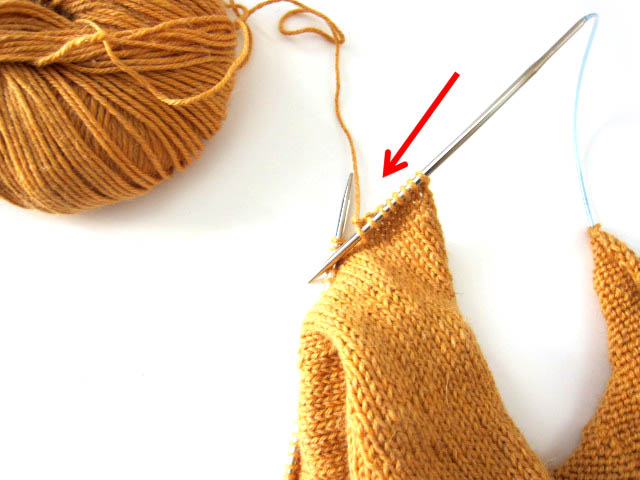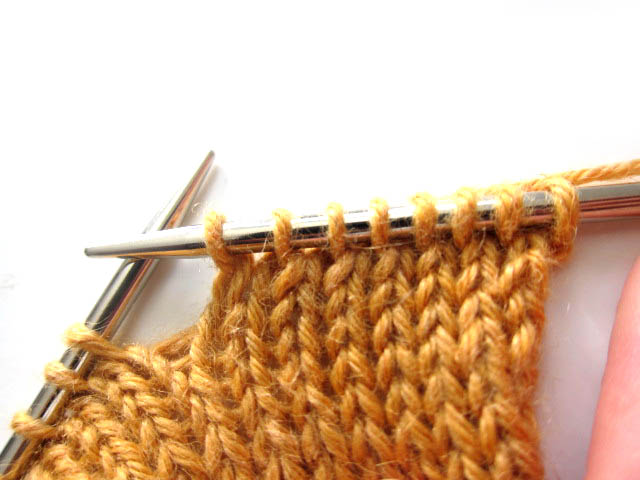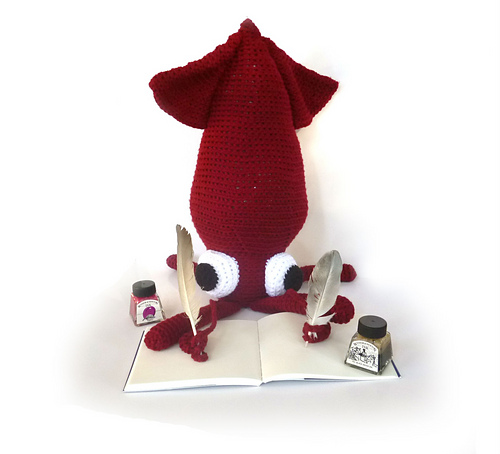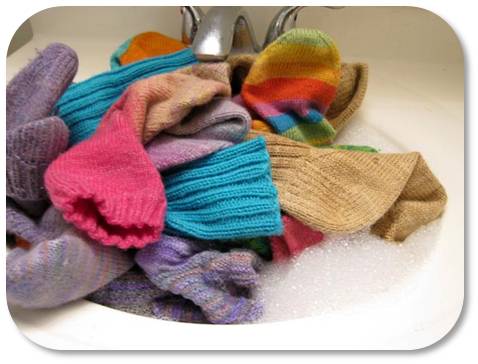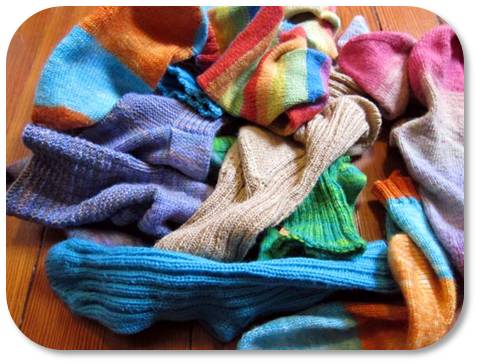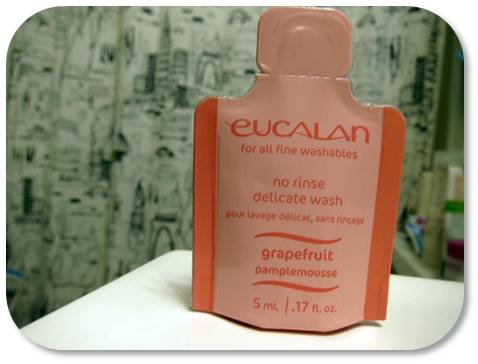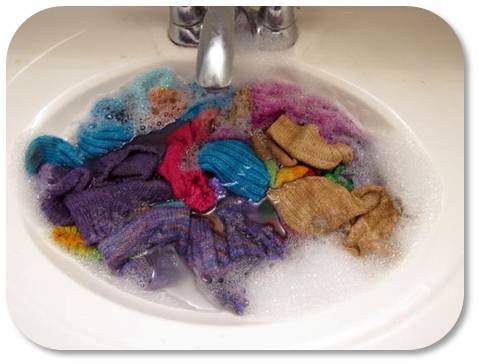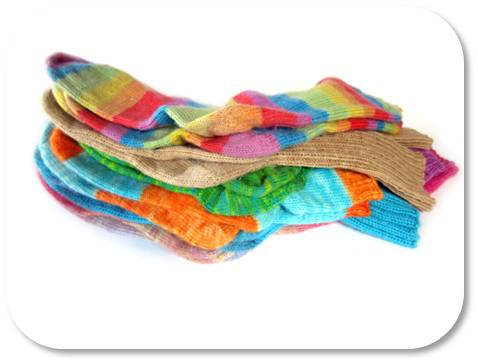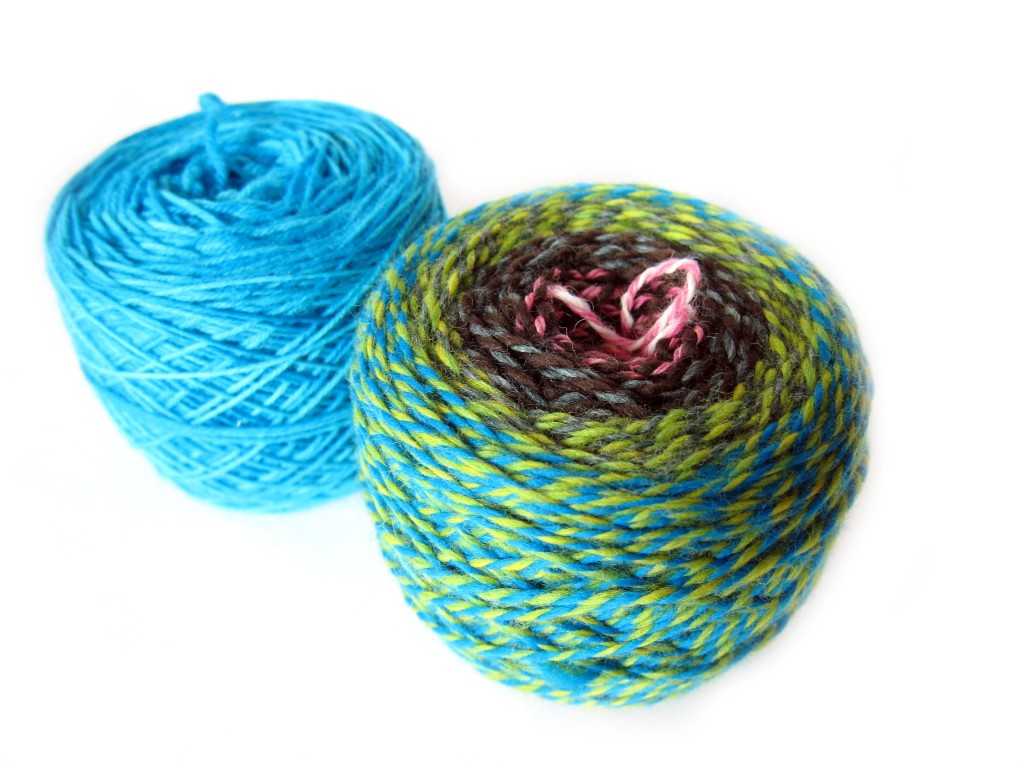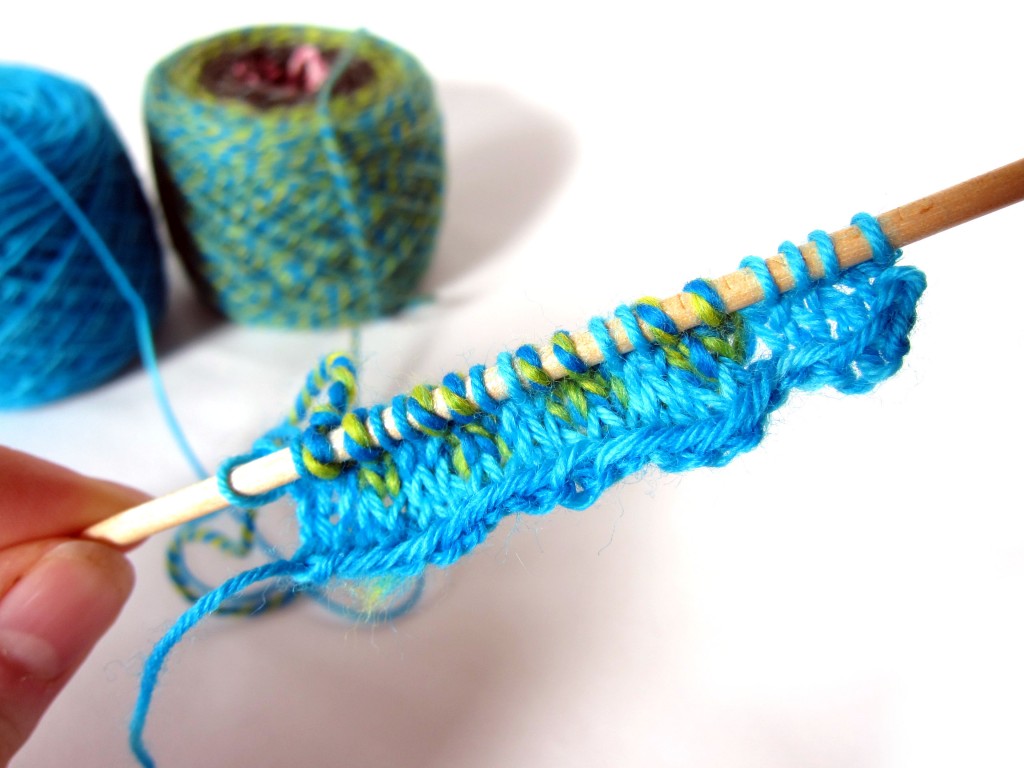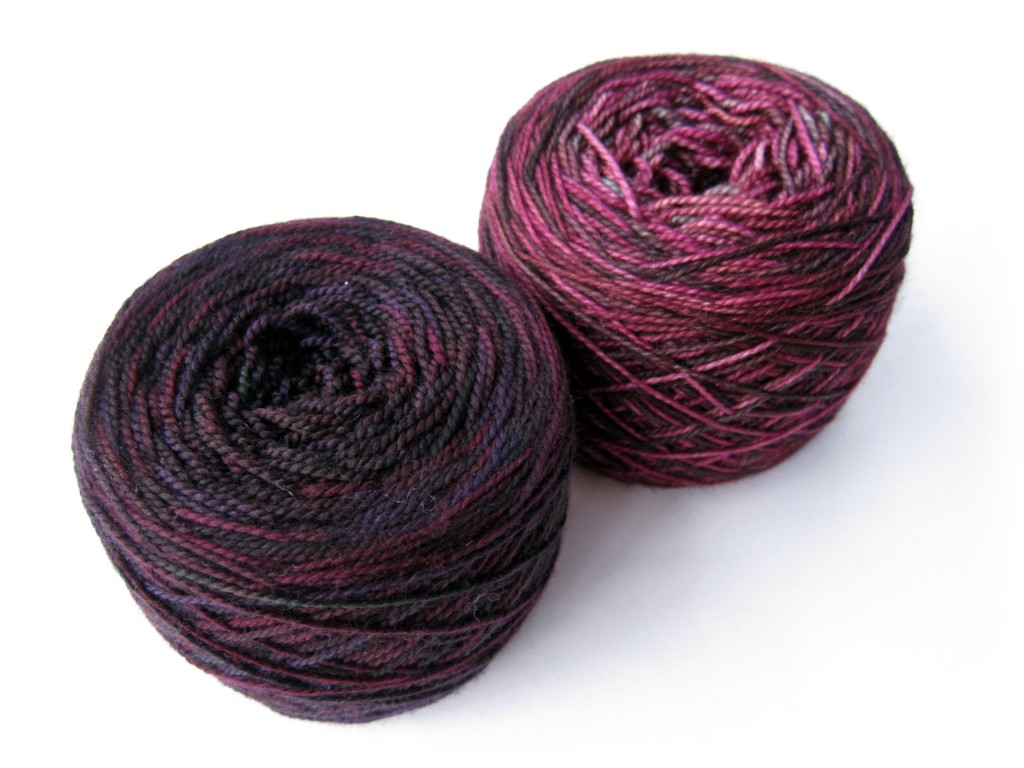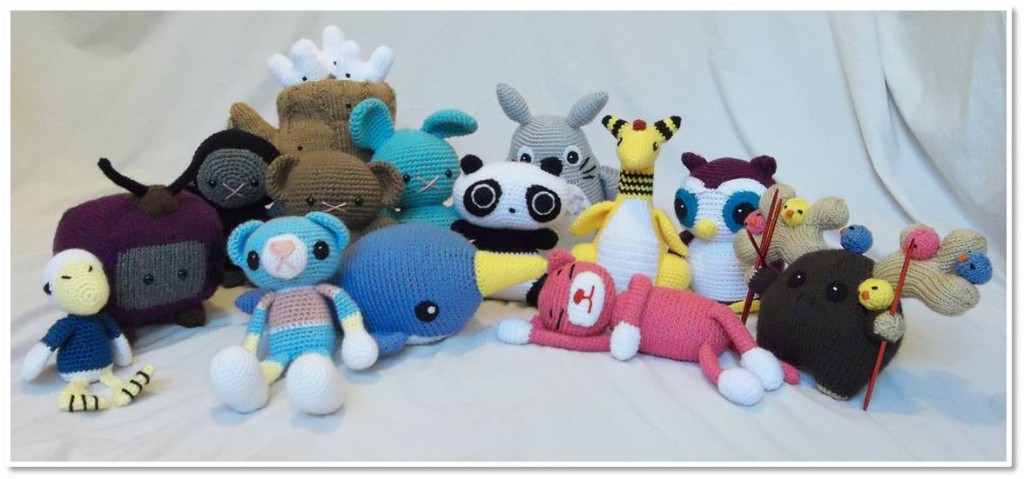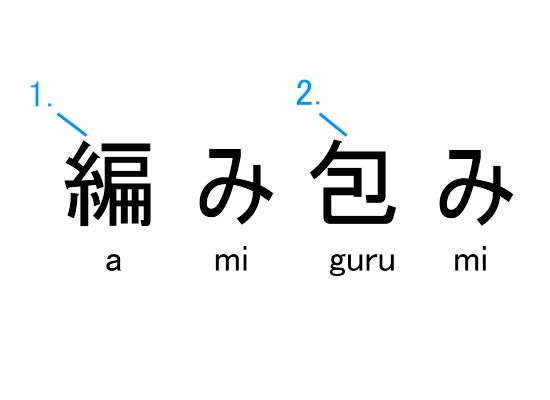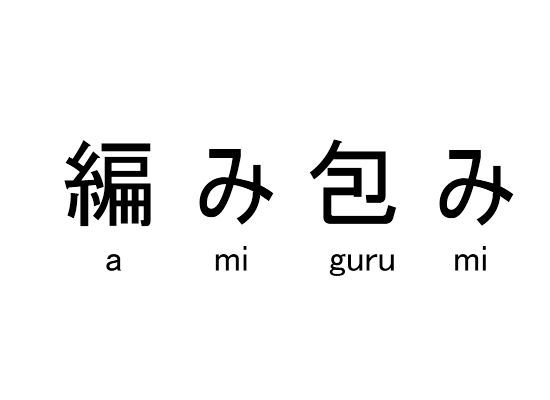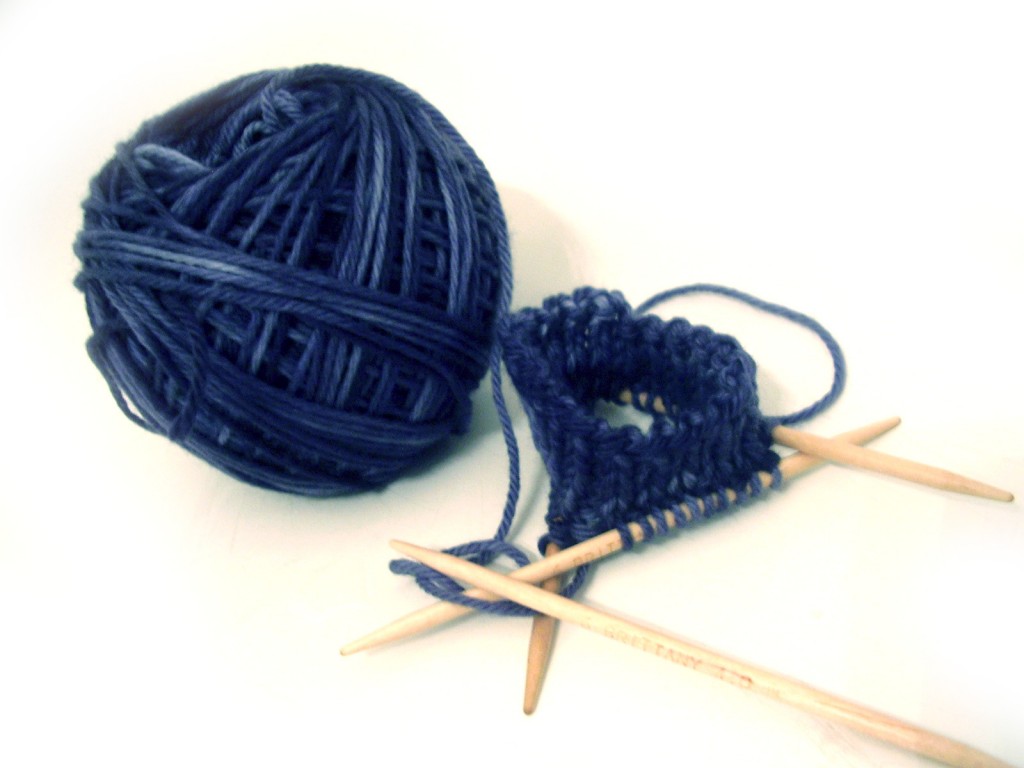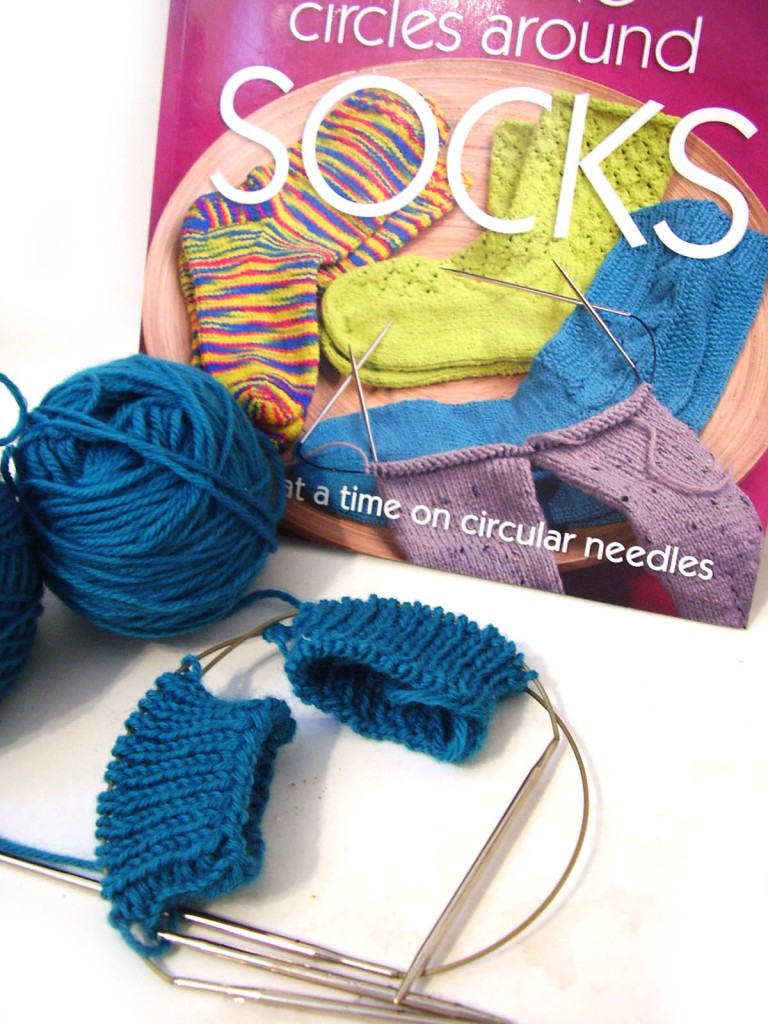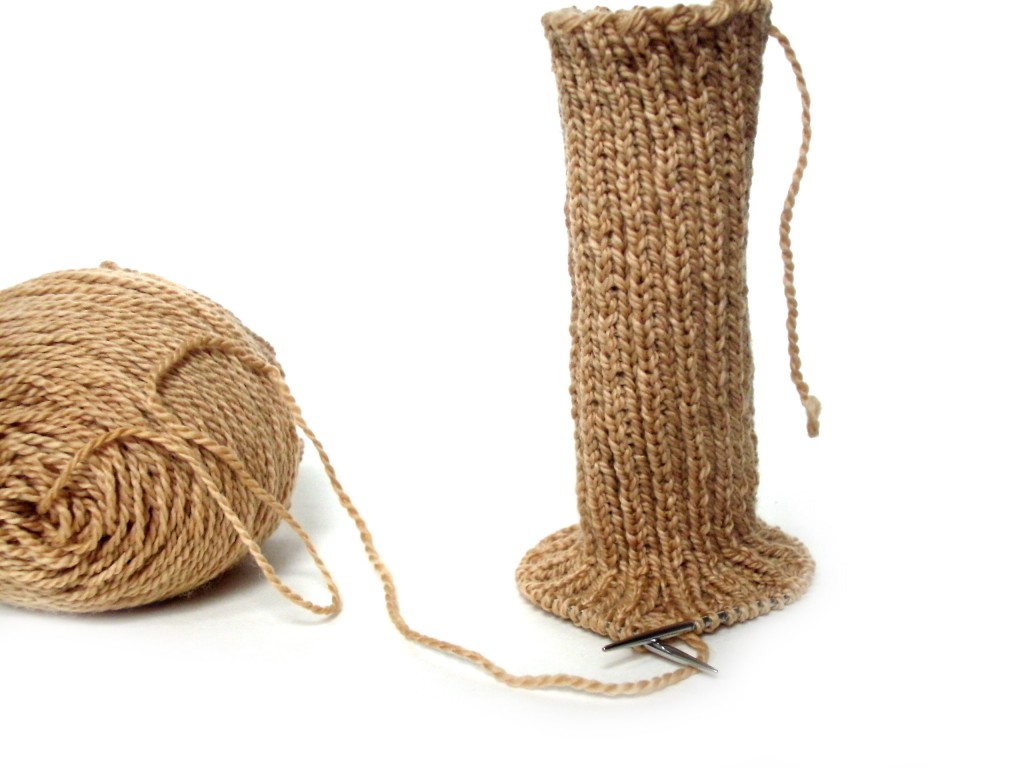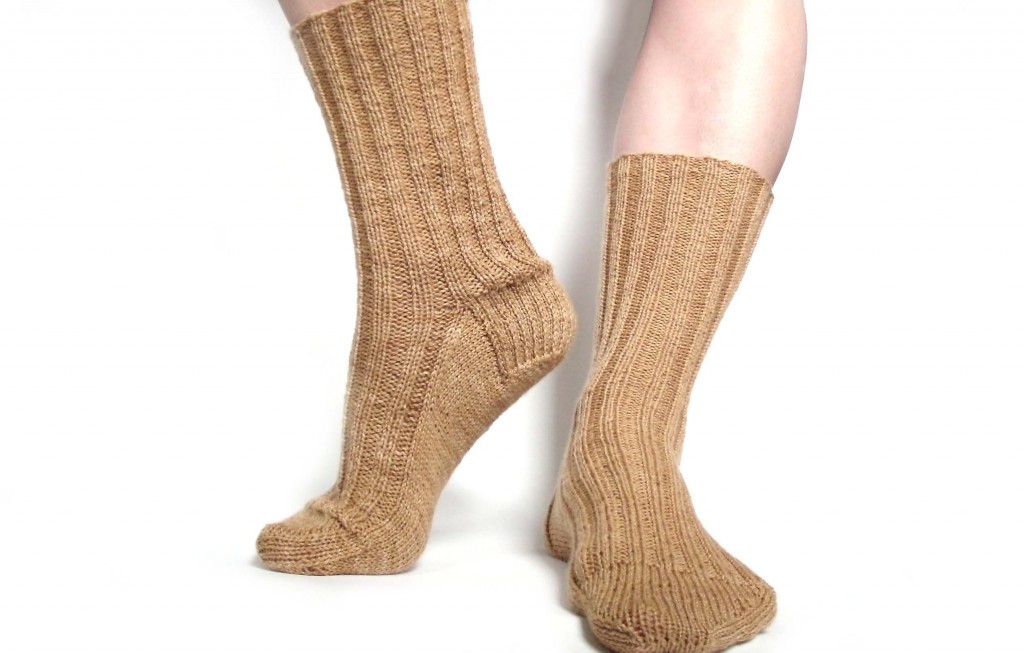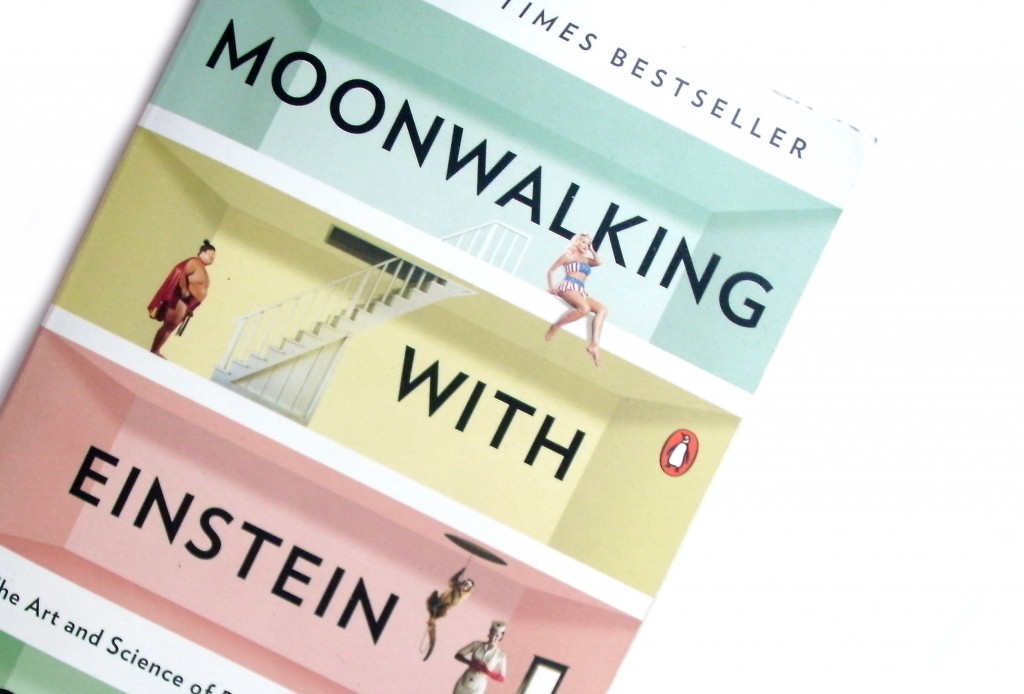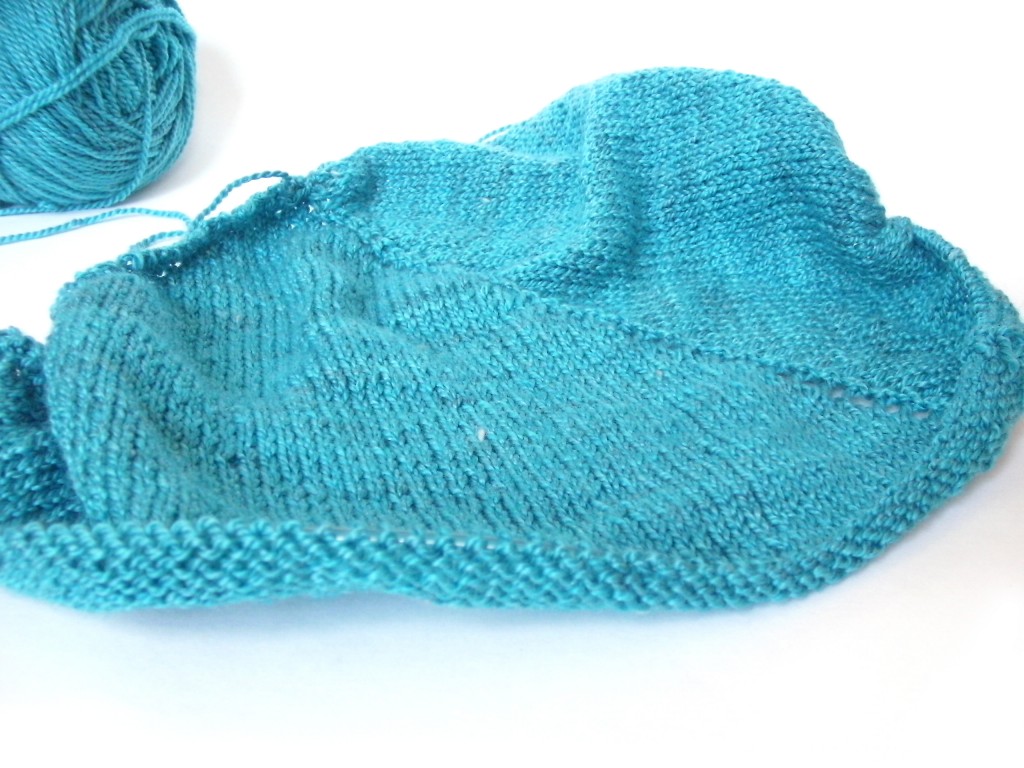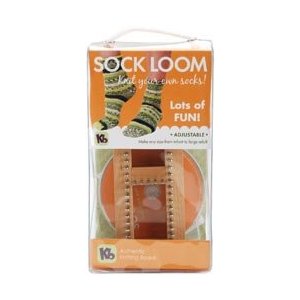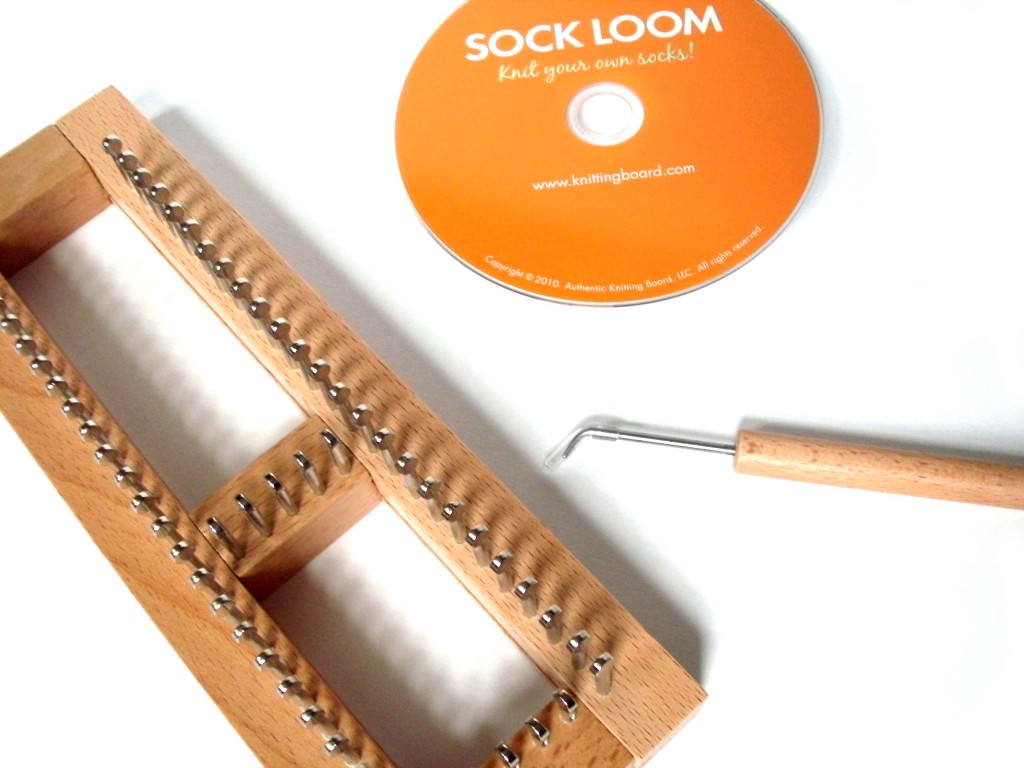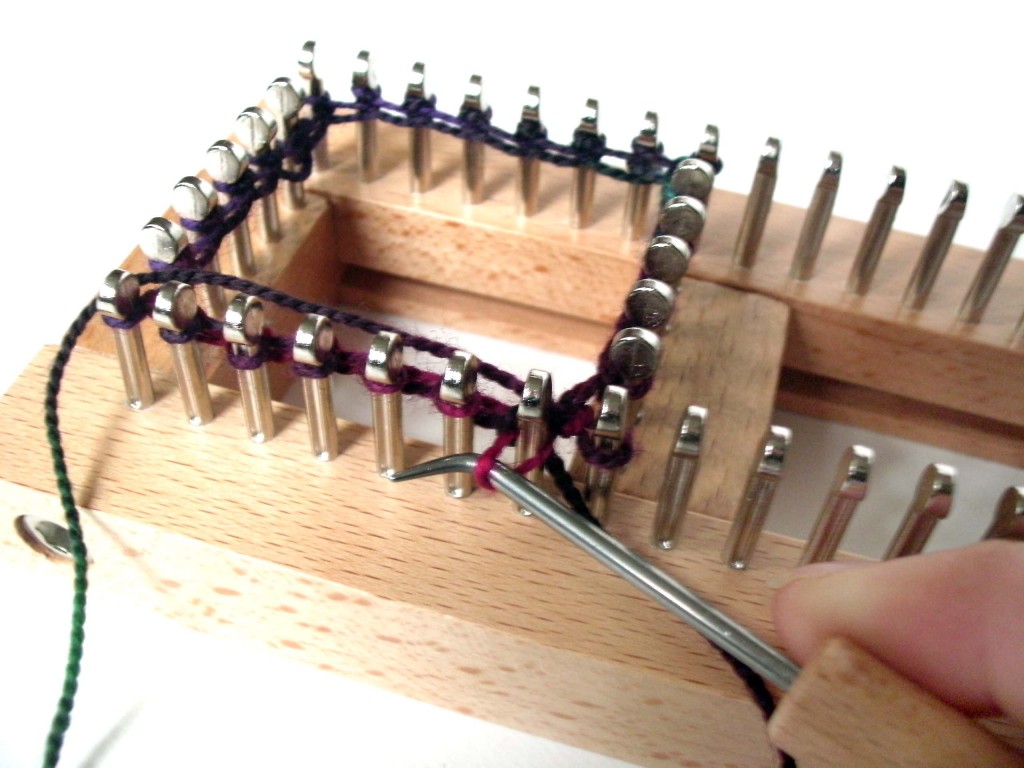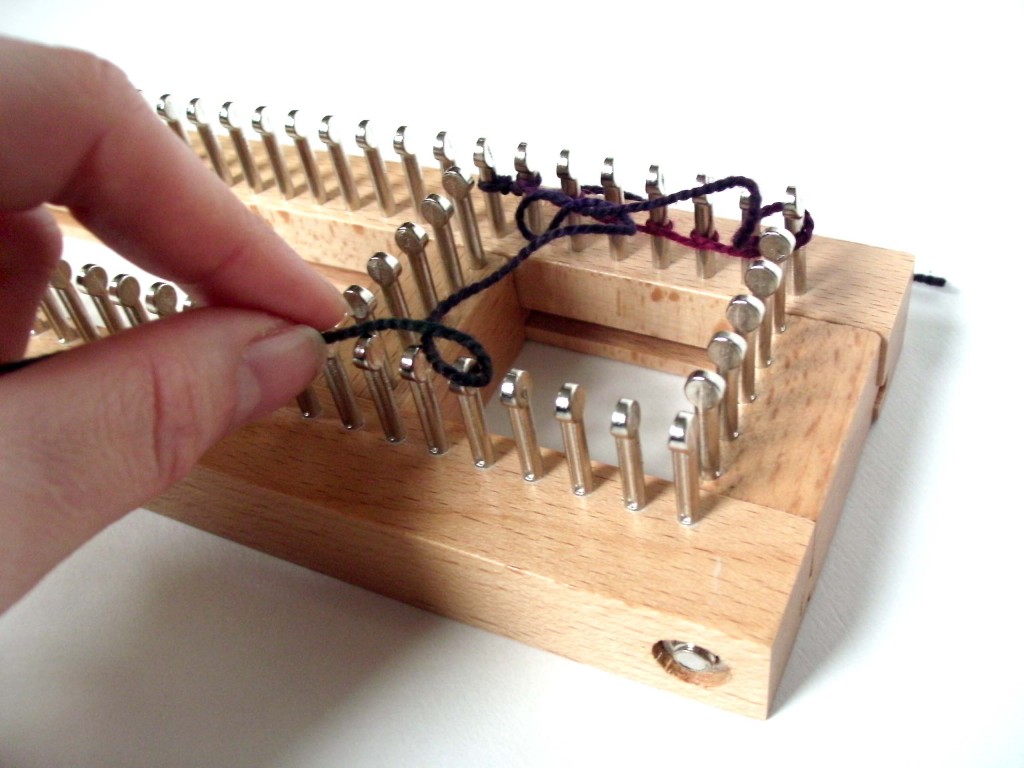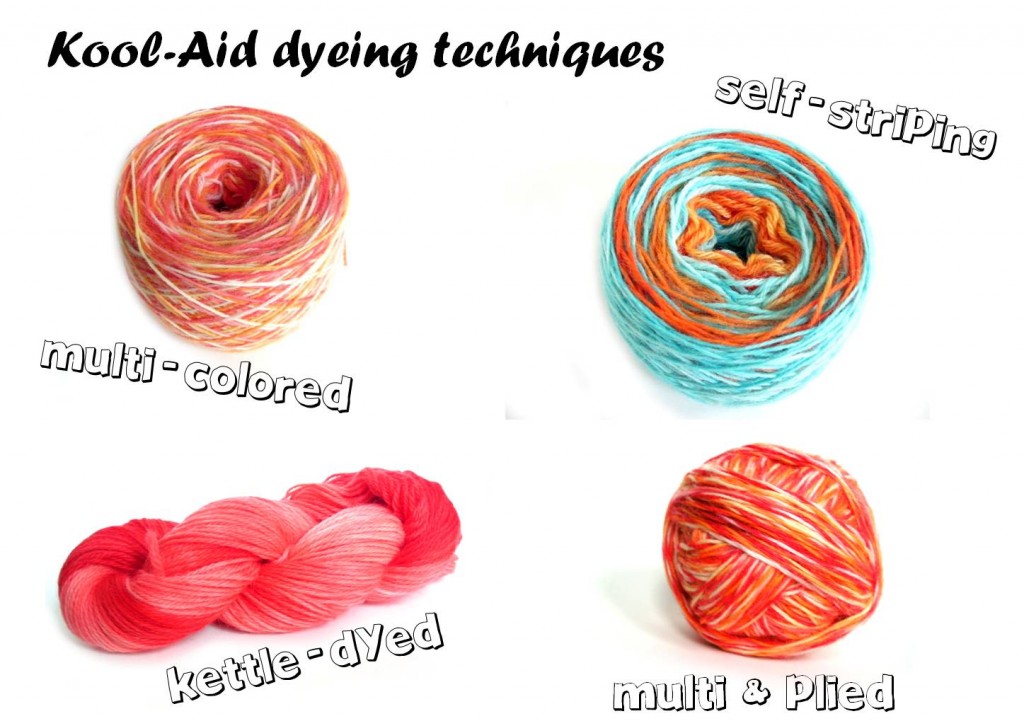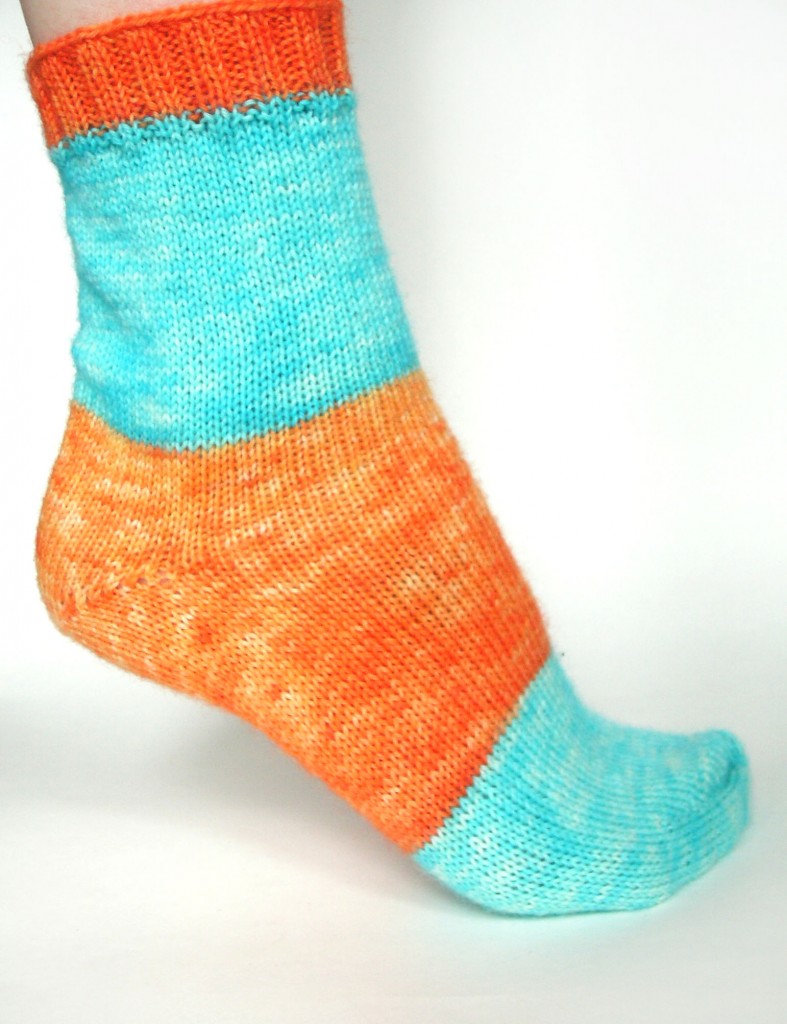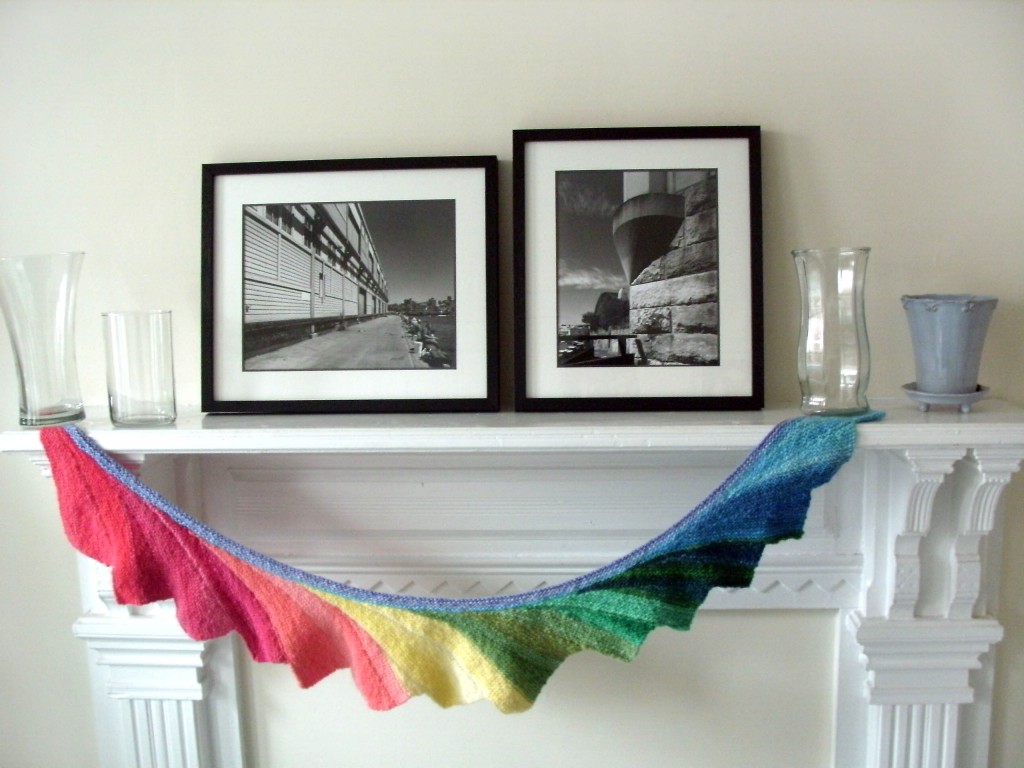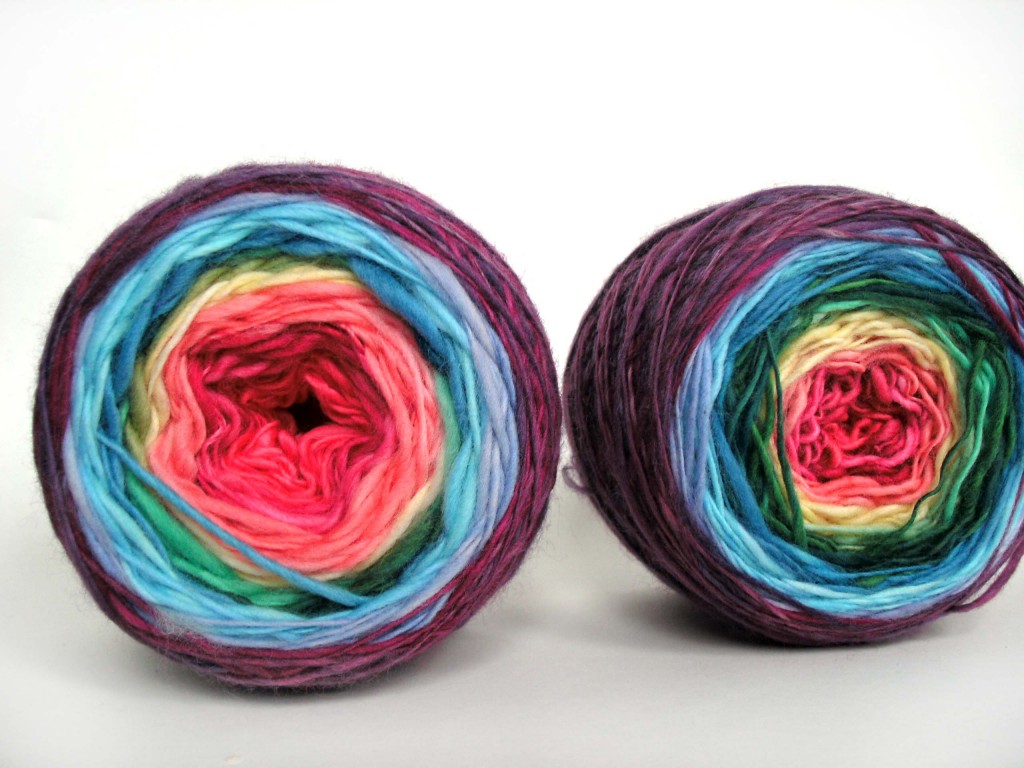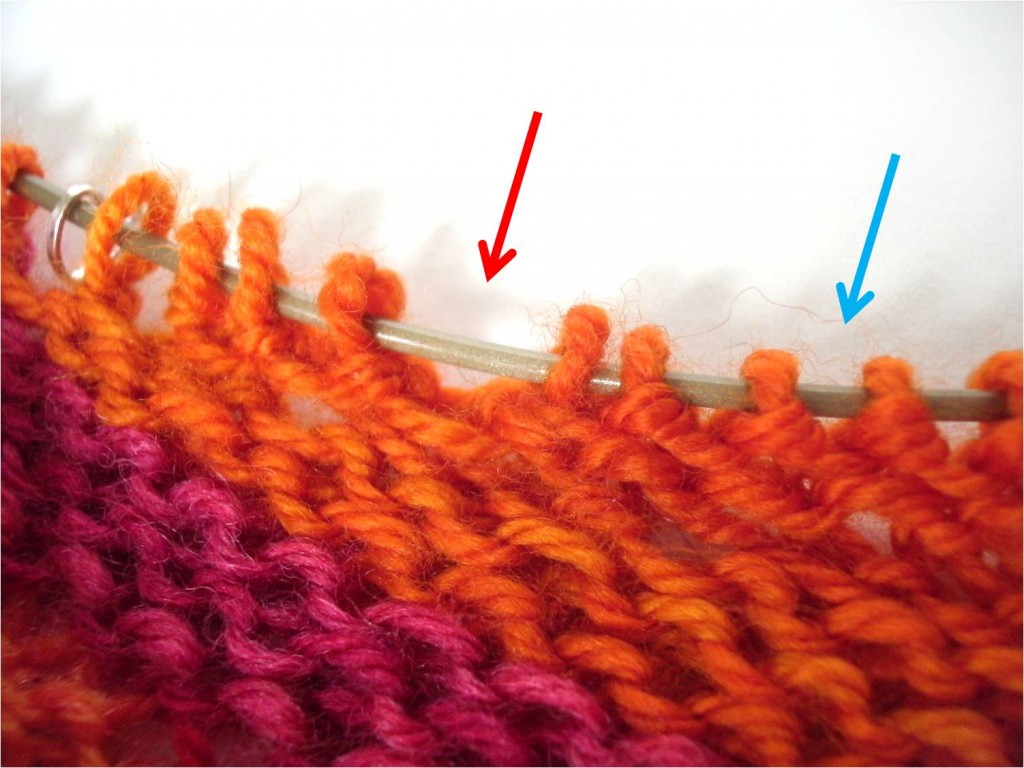Ordinarily, I’m the sort of teacher who will say, ‘Do whatever you’d like, as long as it’s working’. I don’t care if you throw or knit continental, I don’t care if you crochet while holding your hook like a knife or a pencil. I even don’t really care if you pick up stitches with your fingers to manipulate them instead of using your hook/needle.
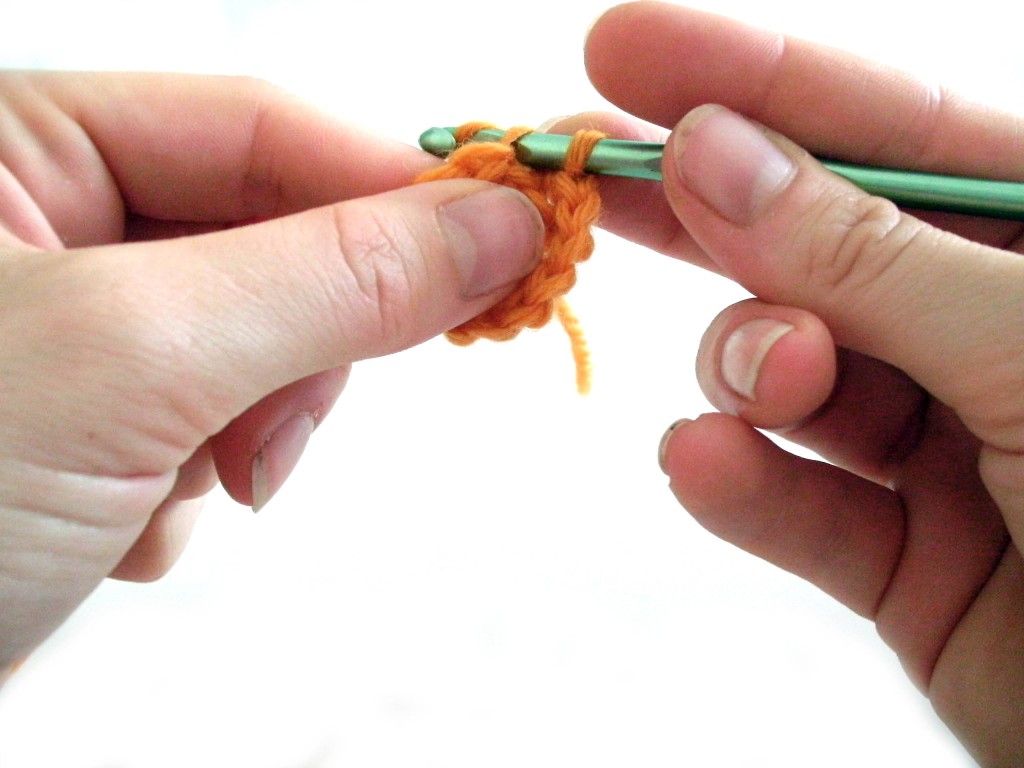
But, I’ve seen a couple gauge sins happen in my presence that need to be stopped! I’m going to tell you what the 3 biggest gauge sins are (regardless of whether you knit or crochet), explain why they’re hazardous to your fiber health, and tell you how to fix them.
Gauge Sin #1: changing how you knit/crochet
The other day, I met someone who was getting too many stitches per inch on her knitting project. Instead of switching to a larger needle, she said, ‘Oh, it’s no big deal, I’ll just knit looser.” Bad idea.
Why this is hazardous
The goal in knitting/crocheting is to first and foremost achieve an even gauge. That is, you want each stitch to be the same size as the next stitch, across your entire piece. This is what results in a professional-looking finished product.
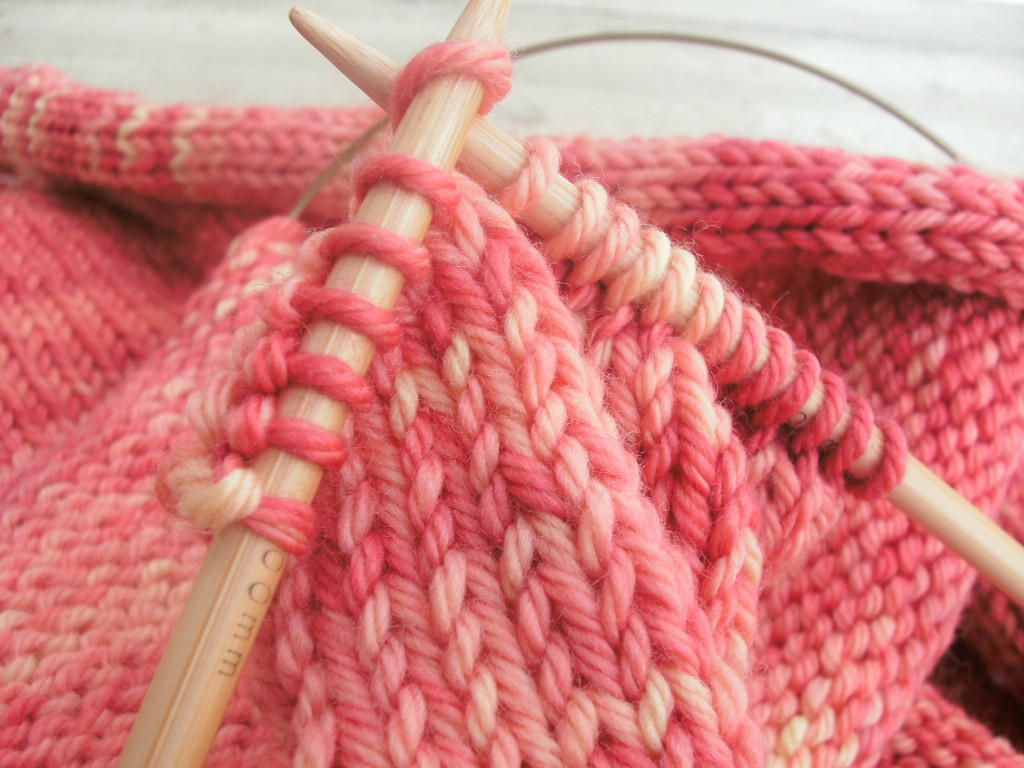
The second goal is to get a gauge that matches the one specified in your pattern (if you’re following one). This is the only way to ensure that your finished item will fit you properly and as the designer intended.
If you rely on excess looseness in your stitching to get a certain gauge, you have almost no hope of achieving consistency… especially if it’s a project you work on for multiple days. You come home stressed one day, and you tighten up a bit… looser on days when you’re relaxed. This procedure = uneven gauge!
How to fix it
Different sized needles/hook were invented for a reason. They allow us to achieve different sized gauges effortlessly. You should work to create a consistent stitching style that allows the different sized hooks/needles to do their work!
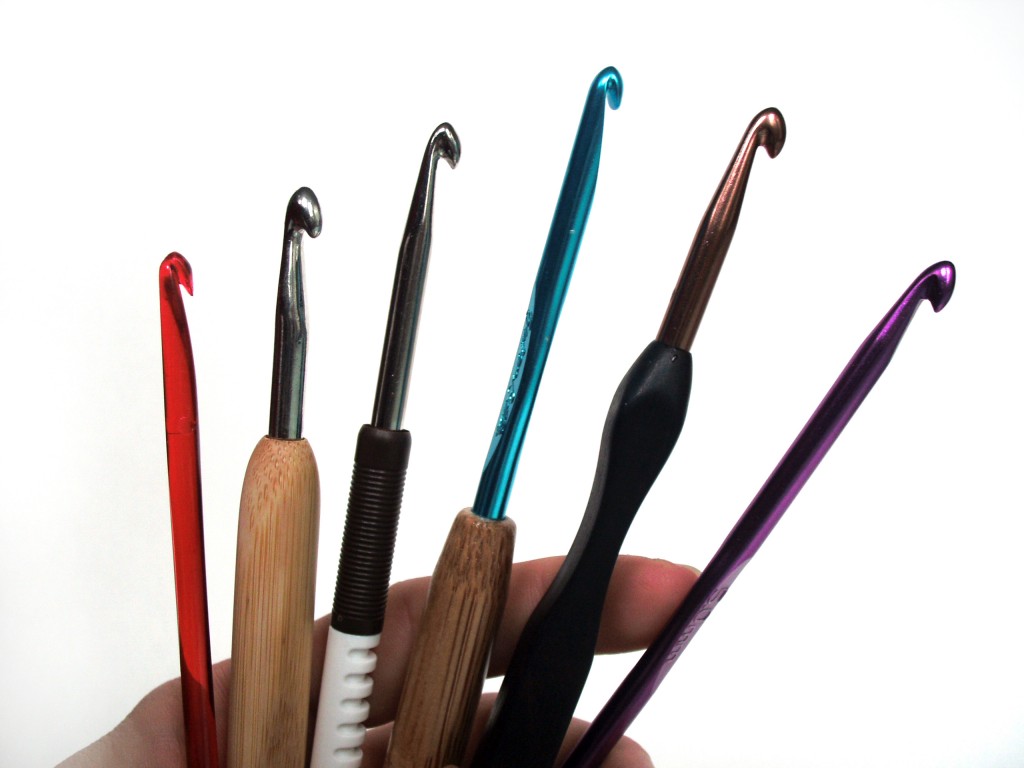
I know… sometimes it hurts to buy a new needle. They can be pricey, and you already have so many! But think of it this way: you’re about to spend 40+ hours working on a sweater. Don’t you want it to turn out nicely?
If you have extreme buy-phobia that’s interfering with proper knitting, you may want to get it all over with at once and buy an interchageable knitting needle set. The set made by Addi gets very good reviews (lovely needles, smooth join). Too pricey? The Denise Interchangeable Set and the Knit Picks Set are more affordable options.
Gauge Sin #2: deviating wildly from the norm
Everyone knits/crochets slightly differently. Some folks are naturally tighter, others a little loose… and you’ll typically hear someone say, ‘I usually need to go down a needle size from what’s recommended in the pattern to get gauge’. That’s fine.
Saying, ‘I usually need to go down 4 sizes to get gauge’ means there’s a problem.
Why this is hazardous
There are two reasons why you don’t want to deviating in a significant way from normal stitching patterns. The first is that, if your knitting is so loose that you need to go down 4 needle sizes, then you’re probably not using the needle properly (as I mentioned above). The needle is there to lead you to the proper gauge. If you’re not following it’s lead, there’s a big chance that you’re going to get some unevenness.

The second reason is for practicality: what if you want to knit socks that call for size 0 needles… but you need something 4 sizes smaller? What are you going to do then? Manufacturers make supplies based on standard stitching practices. And the more you deviate from them, the more difficult you’re going to find getting supplies/following tutorials and patterns.
How to fix it
Your goal should be to knit/crochet so that the loop sits snugly on your needle/hook, but with a little wiggle room. I always say to look for a teardrop shape (shown here on my crochet hook):
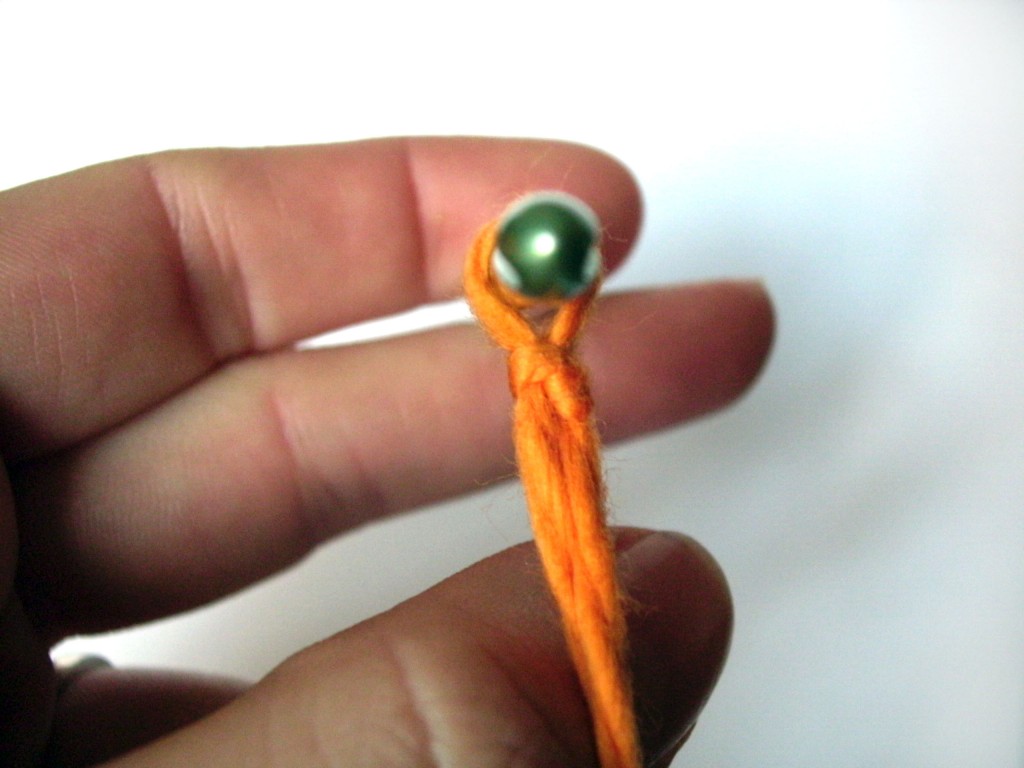
The little teardrop is a way to check that your stitches are pretty snug, but not strangling your needle/hook.
If you can drive a VW beetle down your crochet hook and under the next stitch, that’s bad. You need to tighten up.
And it just takes a little practice. Read this blog post and spend some time making swatches with the goal of developing a snug and consistent stitch. Your future knitting/crocheting self will thank you.
Gauge Sin #3: assuming a yarn will always knit to a particular gauge
I can’t tell you how many times I’ve heard, “this yarn knits to 5 sts/inch… so I can’t use it for this pattern”. Hold your horses! The yarn label is a recommended gauge on a certain needle size, not word from the yarn gods about how it needs to be used.
Why this is hazardous
Let’s say that you you have a pattern for a loosely-knit sweater. The pattern may say they are using a worsted weight yarn, size 13 needles and getting 3.5 sts/inch.
If you look the label of a worsted weight yarn, it’s going to tell you that it knits to 5 sts/inch on size 8 needles… but this information is irrelevant to you! You want to knit it on size 13 needles!
How to fix it
Don’t obsess over the yarn label!
Check out this blog post on why yarn labels can be deceptive. A manufacturer puts a gauge that states how their yarn knits with a certain needle size.
When you’re following a pattern, it’s important to select the proper thickness of yarn, not match the gauge that’s indicated on the label.
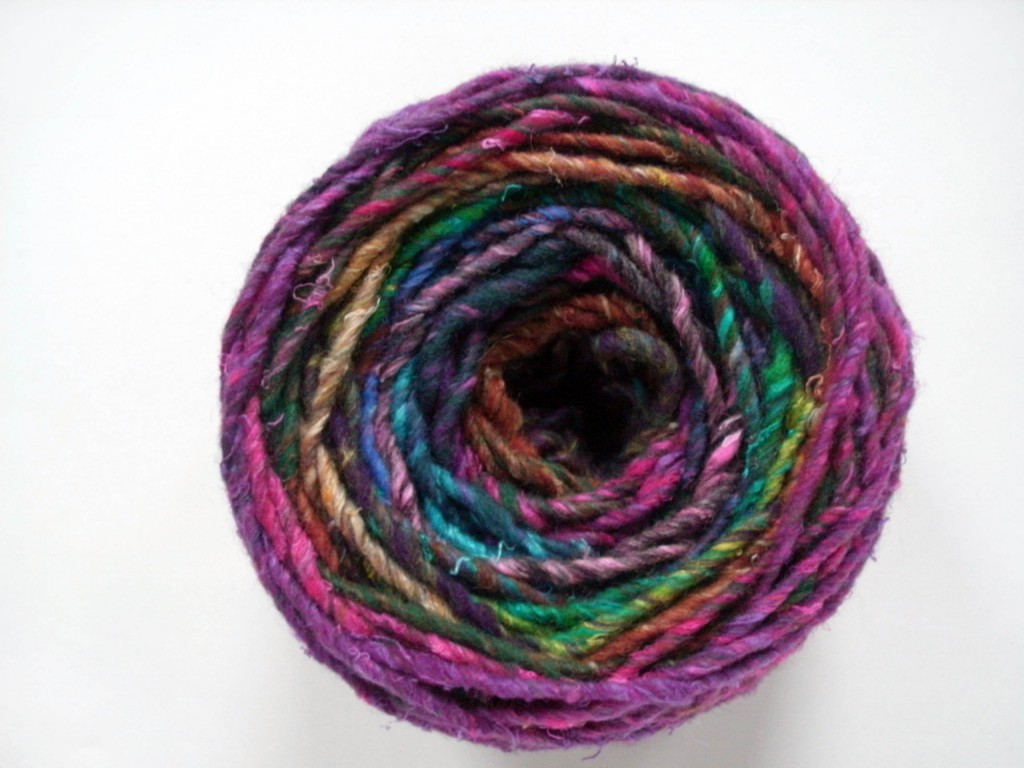
If you’re comparing thicknesses of yarn, it’s okay to glance at the gauge info on the label… as long as you realize it’s for comparing weights, and not the gauge for your final product.
Confession time!
Have you fallen prey to any of these sins? I’ll have to admit, the third one had me mighty confused for a while. Have you been working on your gauge? Any tips to share?
Now that we’ve had this talk… you’re not going to do any of these, right? Good.







